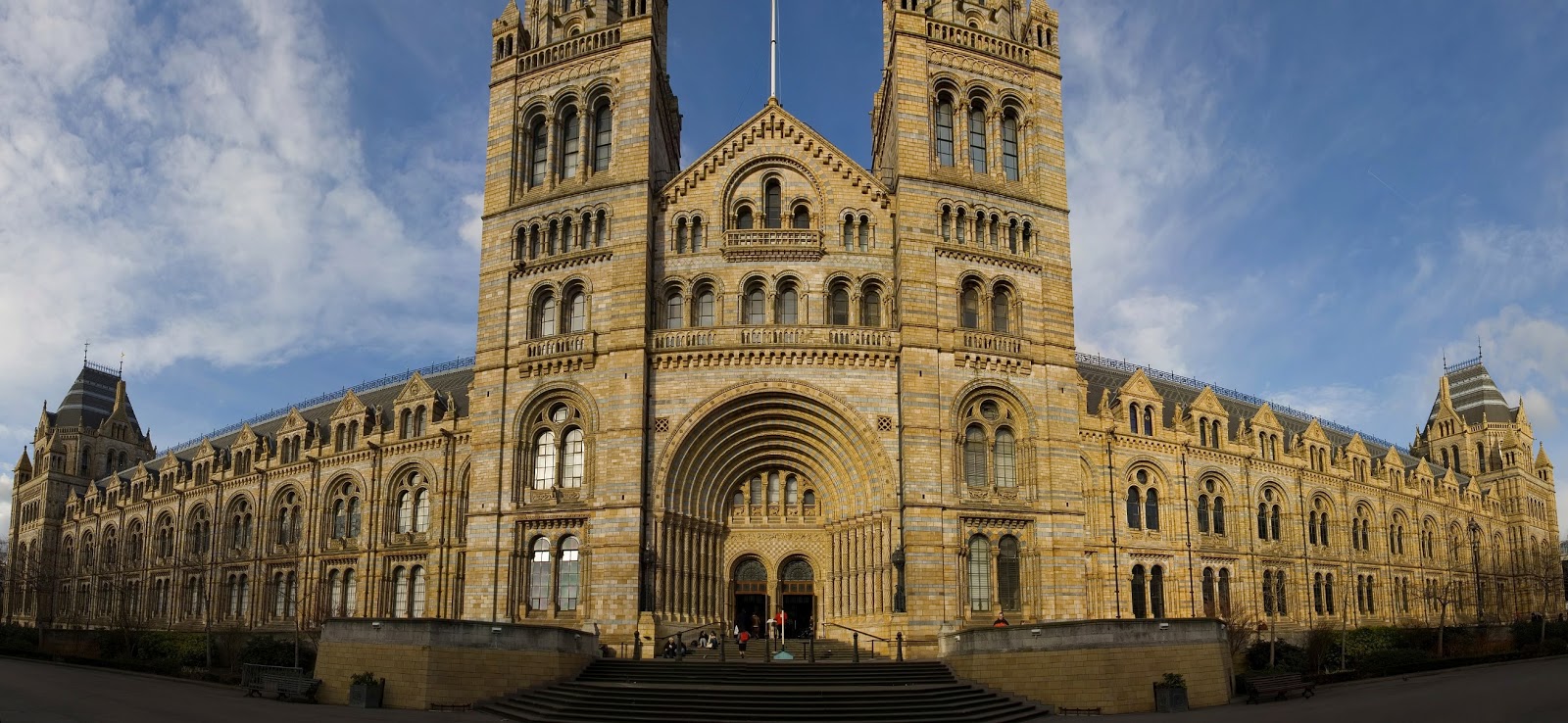RIO DE JANEIRO, BRAZIL – The severity of Covid-19 infection, caused by new variants of the SARS-CoV-2 virus (e.g., Gamma), was not the leading cause of death in patients admitted to a Brazilian hospital with the disease, but rather inequality between regions and deficiencies in health care, according to an analysis by Imperial College London.
An international team of researchers tracked data on nearly half a million unvaccinated Brazilians hospitalized with Covid-19 from January 2020 to July 2021 in 14 capital cities across the country.

“We used data from SIVEP-Gripe, a surveillance system of the (Brazilian) Ministry of Health for severe cases and deaths due to severe acute respiratory syndrome (SARS), and from GISAID, an international open-access project for genomic data on influenza viruses and coronaviruses,” Leonardo Bastos, research associate at the Scientific Computing Program of the Oswaldo Cruz Foundation and co-author of the study, told SciDev.Net in a Whatsapp interview.
Of the total population studied (480,157 people), nearly one in four died (119,395 deaths). Based on the proportion of deaths observed in the study, the researchers estimated that more than 16,000 people died. The high mortality rate may still be underestimated because clinical reports were missing for about 12 percent of those hospitalized (56,441 people).
After analyzing 18 months, the team assessed the period before and after the emergence of the gamma variant in Brazil to understand its impact on the pandemic. The variant, first detected in late 2020, spread rapidly but is not the only cause of the severity of the pandemic in Brazil.
The study shows that Covid 19 infection and death rates are higher in regions in the north, northeast, and Midwest than in the south and southeast. And much of this is due to regional disparities in health infrastructure.
For example, in March 2020, there were 21.7 ventilators per 100,000 inhabitants in Macapá (capital of Amapá State, North Region) compared to 102.2 in Porto Alegre (capital of Rio Grande do Sul, South Region). In the capital of Amapá, there were 124.4 physicians per 100,000 inhabitants, compared with 633.2 in Belo Horizonte (capital of Minas Gerais, in southeastern Brazil).
“If there had been no geographic disparities before the pandemic and hospital capacity throughout Brazil had matched that of cities with lower lethality, such as Belo Horizonte, we could have expected that almost half of the deaths caused by Covid-19 in the country could have been prevented,” Bastos says.
“This report shows with consistent data what we already knew from experience: if we had been prepared in hospitals before or during the pandemic, many lives could have been saved,” says Paulo Brandão, a professor at the University of São Paulo.
Despite the increased risk posed by the gamma variant, the study shows that in Manaus, for example, the increase in deaths among hospitalized patients “can be explained by changes resulting from pressures on hospital care rather than by the direct effect of the variant on mortality rates among hospitalized patients.”
Rates, the study adds, are beginning to decline in the face of vaccination, but there is still a long way to go.
“In addition to the lack of vaccines, the end-of-year and Carnival celebrations can be an explosive mix because we don’t know how the virus will behave,” Brandão warns. “Investment in public health is essential if we are to prepare for more crises that are sure to come,” he adds.
See the study here.

